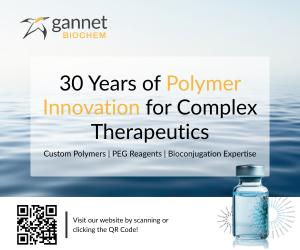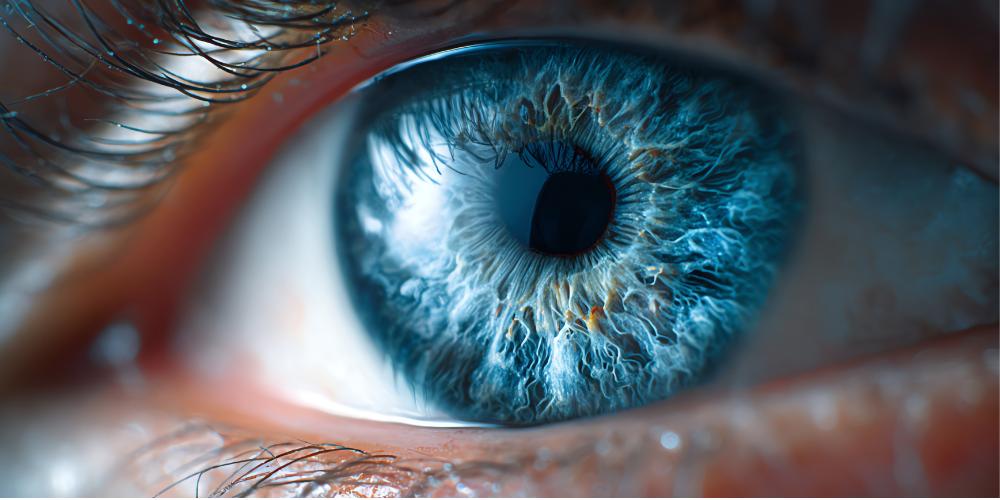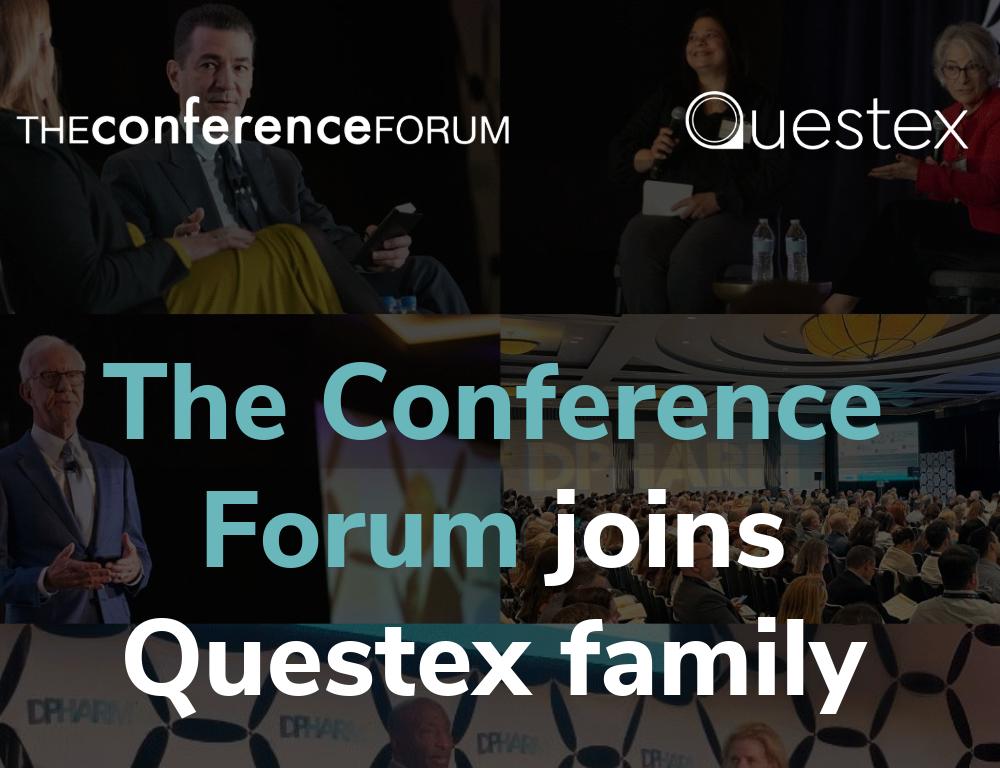How Genentech Makes Device Decisions to De-Risk Combination Product Development
Genentech Senior Director, Josh Horvath, discusses the framework he uses to de-risk combination product development by utilizing off-the-shelf devices, calculating for sustainability and improving collaboration between device and formulation teams.

How has combination product development work evolved since you joined Genentech?
I've been with the company for about 10 years, and I remember when I arrived, the portfolio was mostly prefilled syringes, maybe with a needle safety device and auto-injectors. Now we have programs across multiple disease areas requiring multiple routes of administration and a variety of device technologies. There are the more typical projects with prefilled syringes and auto-injectors using off-the-shelf technology. We are also starting to expand into more specialized delivery mechanisms, whether ophthalmology, inhalation, or neuroscience programs that require direct delivery to different portions of the eye, lungs, brain, etc. The team works across the entire spectrum – from very early investigational programs to supporting commercial products like the Susvimo ocular implant.
How do you determine what kind of device to use for combination product development?
For the early stage programs that require a medical device, we evaluate off-the-shelf options, especially for a phase one study. A limited number of molecules going into a phase one clinical trial reach commercial launch so we are trying to evaluate the molecule in the clinic as quickly as we possibly can in a safe manner. It wouldn’t make sense to spend three years developing a new device to be ready for commercial launch only to have the molecule using that device fail in a phase one clinical trial. We can move more quickly into clinical testing with off-the-shelf devices.
We keep a pretty strong pulse on what’s happening within research programs within our organization. Device engineers will reach out to discuss strategy before a formulation exists, which allows us to make decisions with a long-term view on device designs. On top of that, you need to build flexibility into the development process because in phase one, no one can tell you what the ultimate dose will be.
“It wouldn’t make sense to spend three years developing a new device to be ready for commercial launch only to have the molecule using that device fail in a phase one clinical trial.”
What can companies do to de-risk combination product development?
You can’t predict everything but allowing some flexibility in the device design space and staying involved throughout the clinical development process is important. Additionally, if it’s an injectable formulation, you can try subcutaneous delivery very early in clinical development to potentially avoid performing future bridging studies to launch a new subcutaneous delivery device.
You don’t want to take a risk on a highly custom device if you don't absolutely need it. We want to avoid being on the critical path with the delivery device wherever possible, and that may mean selecting a device for early clinical trials that isn’t the first choice for commercial launch.
What are the main mistakes people make in combination product development and how can they best be avoided?
Waiting too long to decide that a device is necessary is something I’ve seen happen a few times. Teams are sometimes convinced that they won’t need a delivery device and then something changes in the competitive landscape, and it takes several years to get a medical device through development, design verification and design validation.
Making those decisions earlier in development is helpful and saves time later. But the burden is on us as device experts to explain the requirements for a delivery device system to our non-device colleagues within the broader organization. We should be doing upfront education so they can make more informed decisions or at least know when to reach out for advice on device technologies.
How does sustainability factor into the decisions around combination product development?
For every new project we have, we look at everything from device materials/size, the amount of packaging material used in the product, the volume it takes up on a pallet (which translates into how many units you can get per shipment), whether it is possible to make room temperature stable products rather than requiring refrigerated storage, and more. All of these factors have an impact on the sustainability of the overall product. We also think about how the product will be used and the impact on the environment through disposal.
I’ve seen interesting cases where simple things like vials being packaged in a single cardboard carton with an IFU versus multiple vials in a single carton make a big difference. The bigger challenge is going to be figuring out devices with reusable and disposable elements. If someone loses the reusable components in a shorter time than they were expected to last, that can have a huge impact on overall sustainability calculations. There’s an idealized version of the sustainability of a re-usable product but the real world results may be different.
The burden is on us as product developers not to add less sustainable or more costly components into a device because it is reusable. We still need to focus on making it as sustainable as possible, while factoring in usability and convenience.
“The burden is on us as product developers not to add less sustainable or more costly components into a device because it is reusable. We still need to focus on making it as sustainable as possible, while factoring in usability and convenience.”
How does the cost of goods impact the development decisions?
It’s all interrelated. Cost of goods is generally driven by the amount of material needed, which also affects sustainability calculations. Some products might need more sophisticated devices to enable innovative therapies not possible with the drug alone but the total benefit to the patient from those drug delivery systems will still be net positive.
How is the development of combination products different based on whether you’re developing for small molecule, biologics, and cell and gene therapies?
Most of this relates to primary containers and there are classes of primary containers compatible with certain types of products. You couldn’t conclude that a standard prefilled glass syringe and stopper configuration you might use for a biologic is going to work for an antisense oligonucleotide or a cell or gene therapy. Sometimes this can be because of material compatibility with different excipients. On the cell and gene therapy side there are often storage temperature challenges because the therapy might need to be stored in liquid nitrogen, but typical biologic drug product containers are designed for refrigerated storage, rather than sub-freezing temperatures.
Across the board, I’m seeing new container systems being developed and tested, but you cannot assume compatibility with existing systems. You need to do all of the testing, including the extractables and leachables and shelf life studies. We need to do early assessments to understand the materials and leverage things that have worked previously.
Are there any developments happening in the combination space that excite you?
In the pulmonary space, we have breath actuated nebulizers that can deliver greater than 50% delivery efficiency to the targeted part of the lung versus older designs that were probably 20% efficient. This has a huge benefit for patients by reducing the amount of time required to deliver a dose and also enabling therapies that in the past would require the nebulizer be refilled multiple times.
It’s interesting to see the work on silicone-free primary containers. It both avoids the problem of silicone and biologic incompatibility and also addresses potential glide force variability for auto-injectors or prefilled syringes. This means that the performance you get at the beginning remains virtually unchanged throughout the product shelf life.
There has been a lot of focus on wearable injectors over the past five years but not many marketed products. Now we’re starting to see larger volume injectors and on-body injector becoming available. I don’t think we’re too far off from seeing a 5 ml auto-injector commercial product become commonly used. That will be really interesting from a usability and sustainability perspective.
Is there anything that concerns you about the future of combination drug products?
It will be interesting to see what happens in the cell therapy space. Cells aren’t really a liquid. They are quite large and don’t behave the same way a solution would. That is going to introduce a lot of really novel considerations for a suitable delivery system.
Also, the value of the drug product is very high because they are so difficult to manufacture so you don’t want to waste a lot of material during the delivery process, and you also don’t want a device to have performance issues or damage the cells as they are being delivered.









